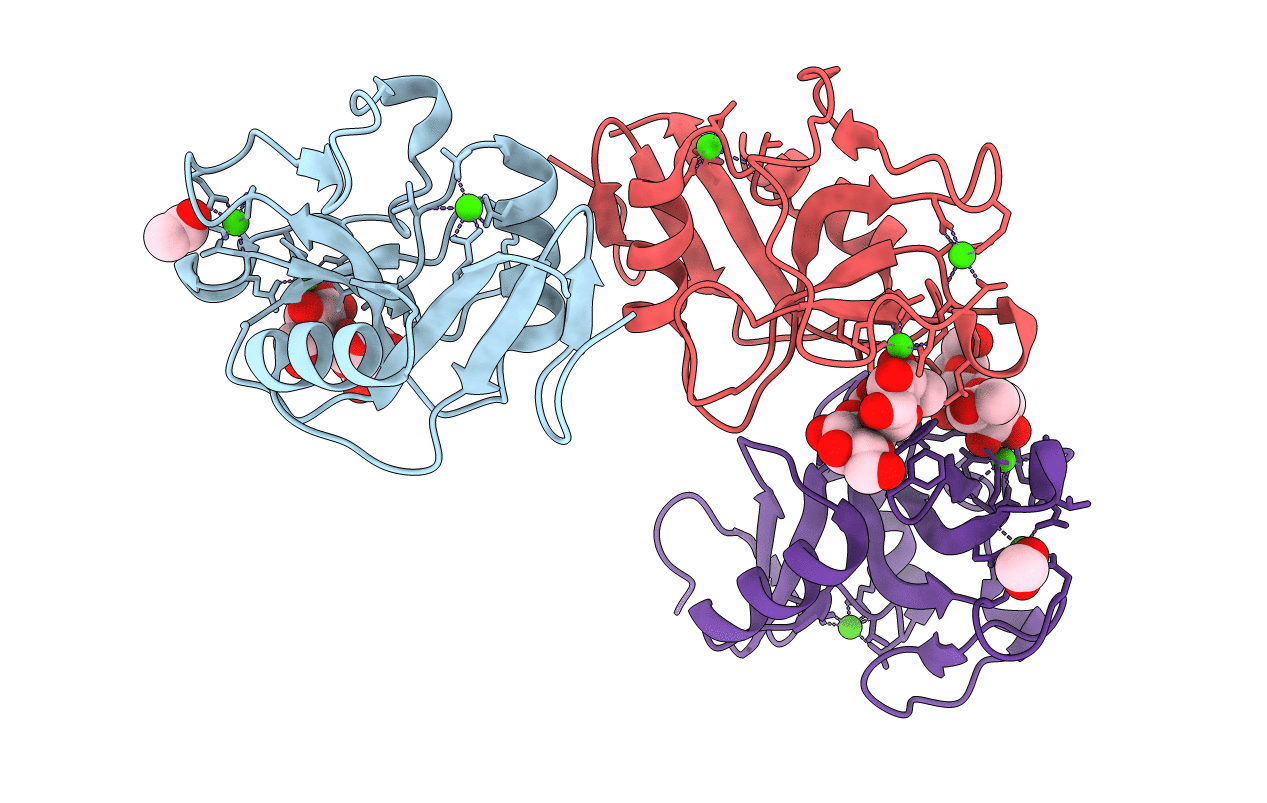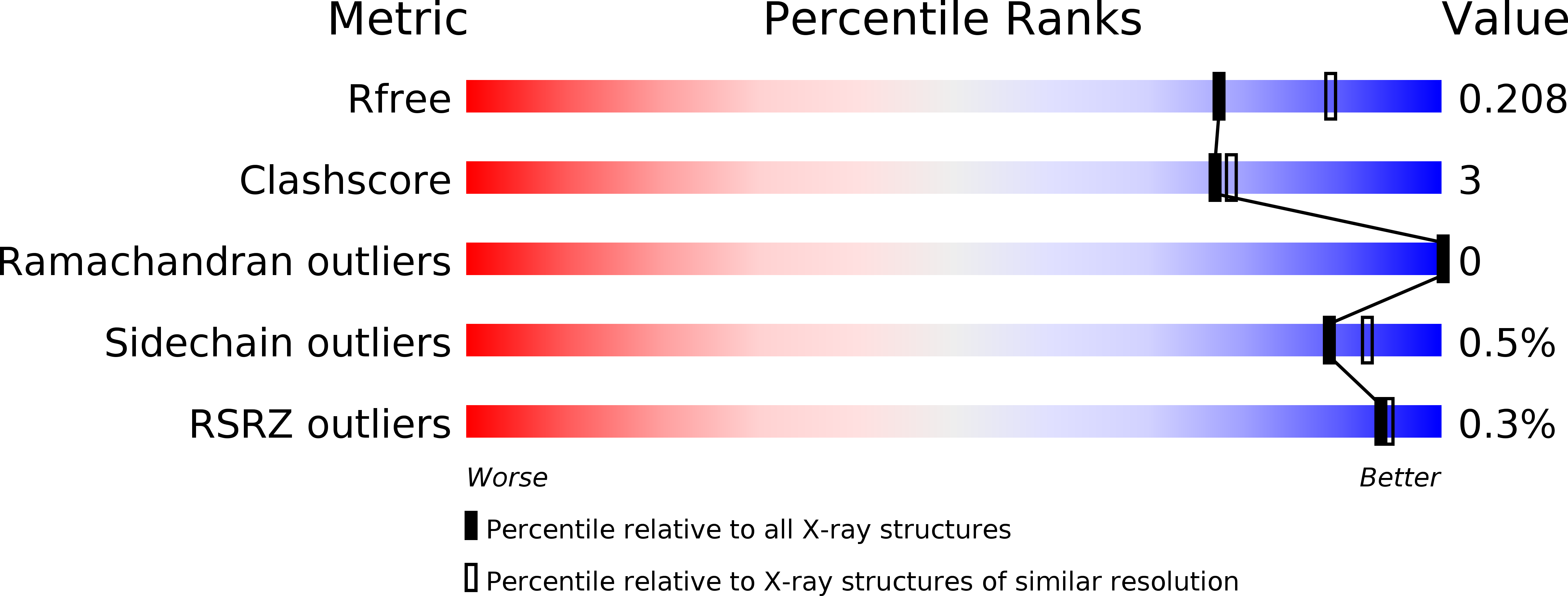
Deposition Date
2015-05-12
Release Date
2016-05-25
Last Version Date
2024-10-30
Entry Detail
PDB ID:
4ZRV
Keywords:
Title:
Structure of cow mincle CRD complexed with trehalose mono butyrate
Biological Source:
Source Organism:
Bos taurus (Taxon ID: 9913)
Host Organism:
Method Details:
Experimental Method:
Resolution:
2.10 Å
R-Value Free:
0.20
R-Value Work:
0.16
R-Value Observed:
0.16
Space Group:
P 1 21 1


